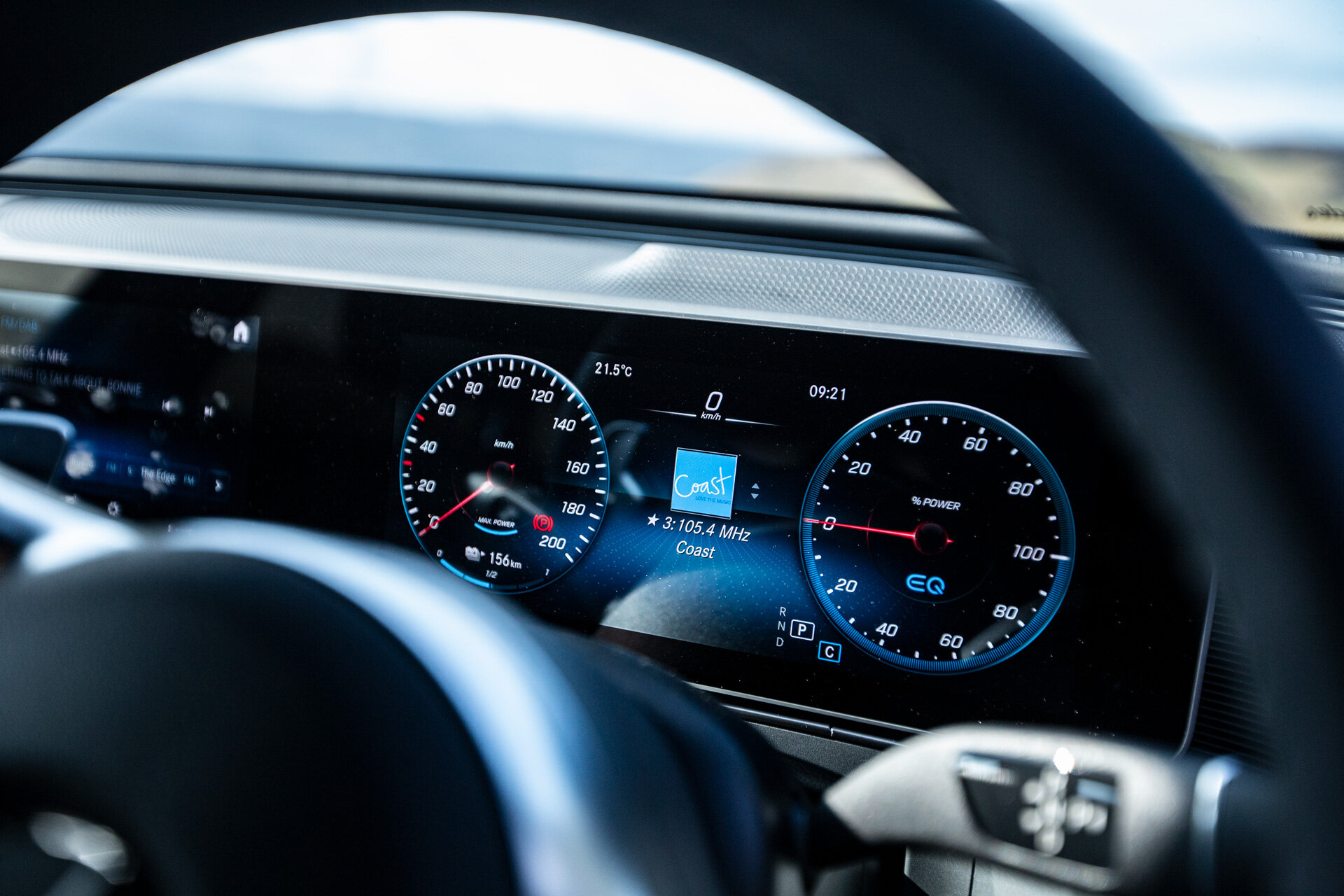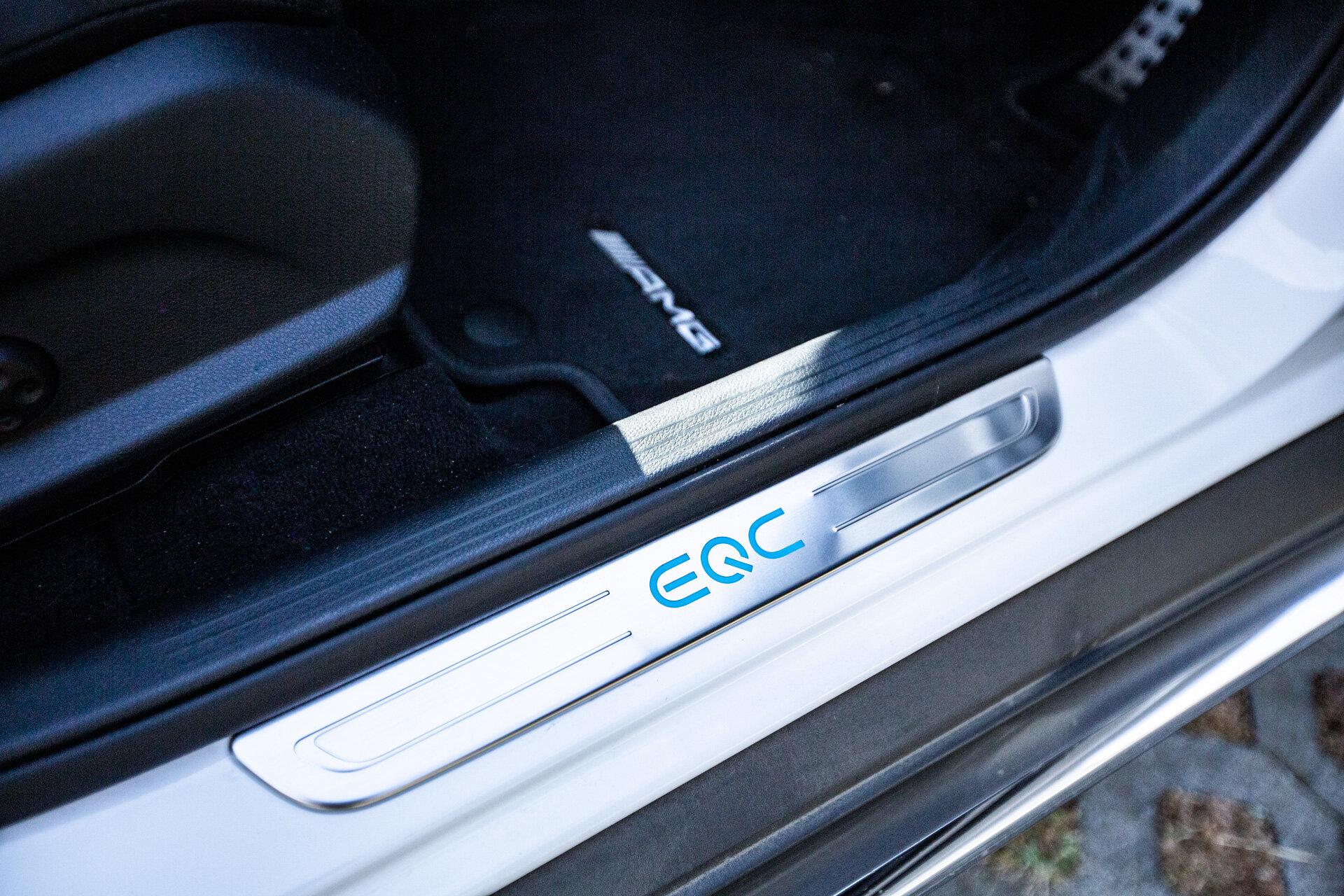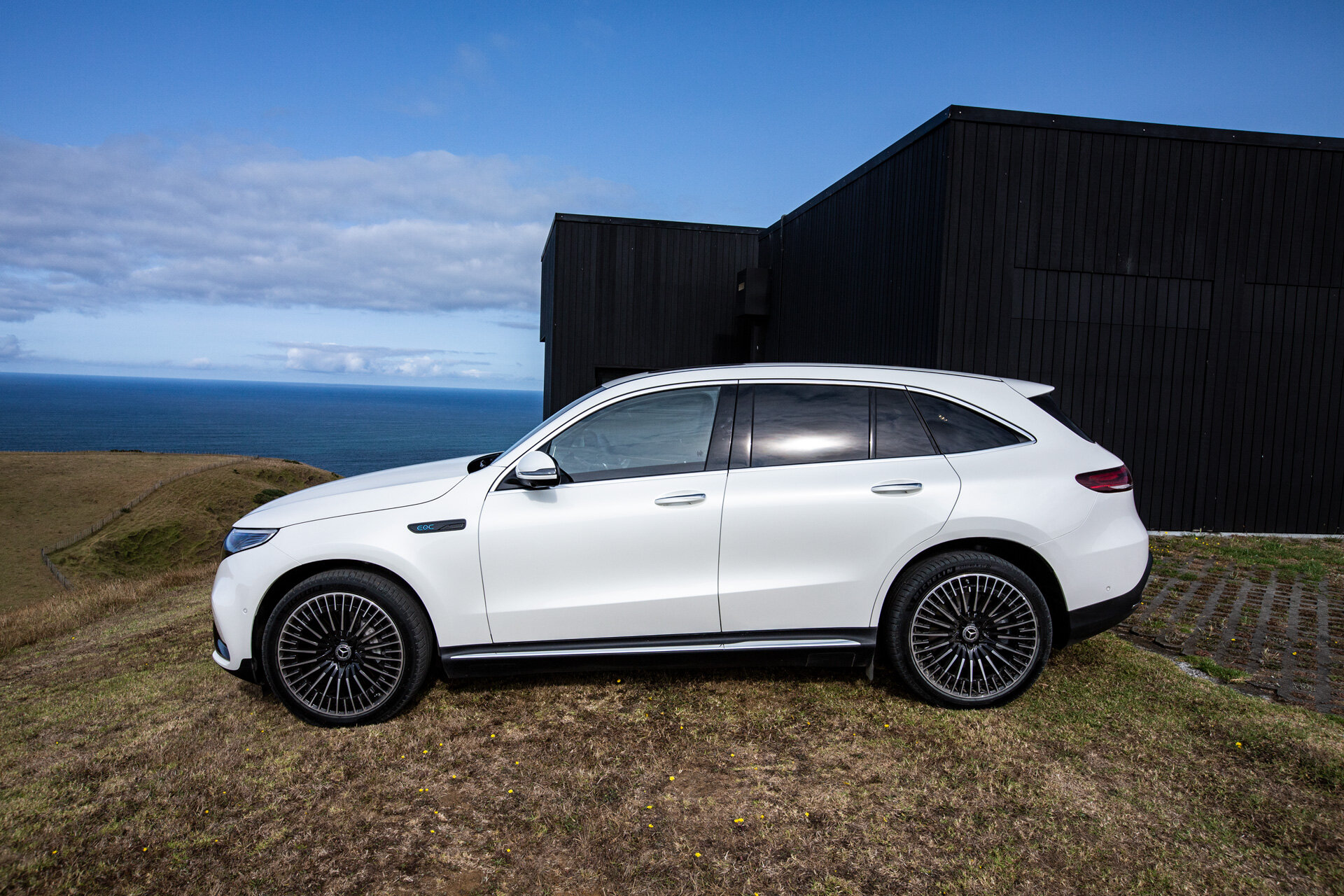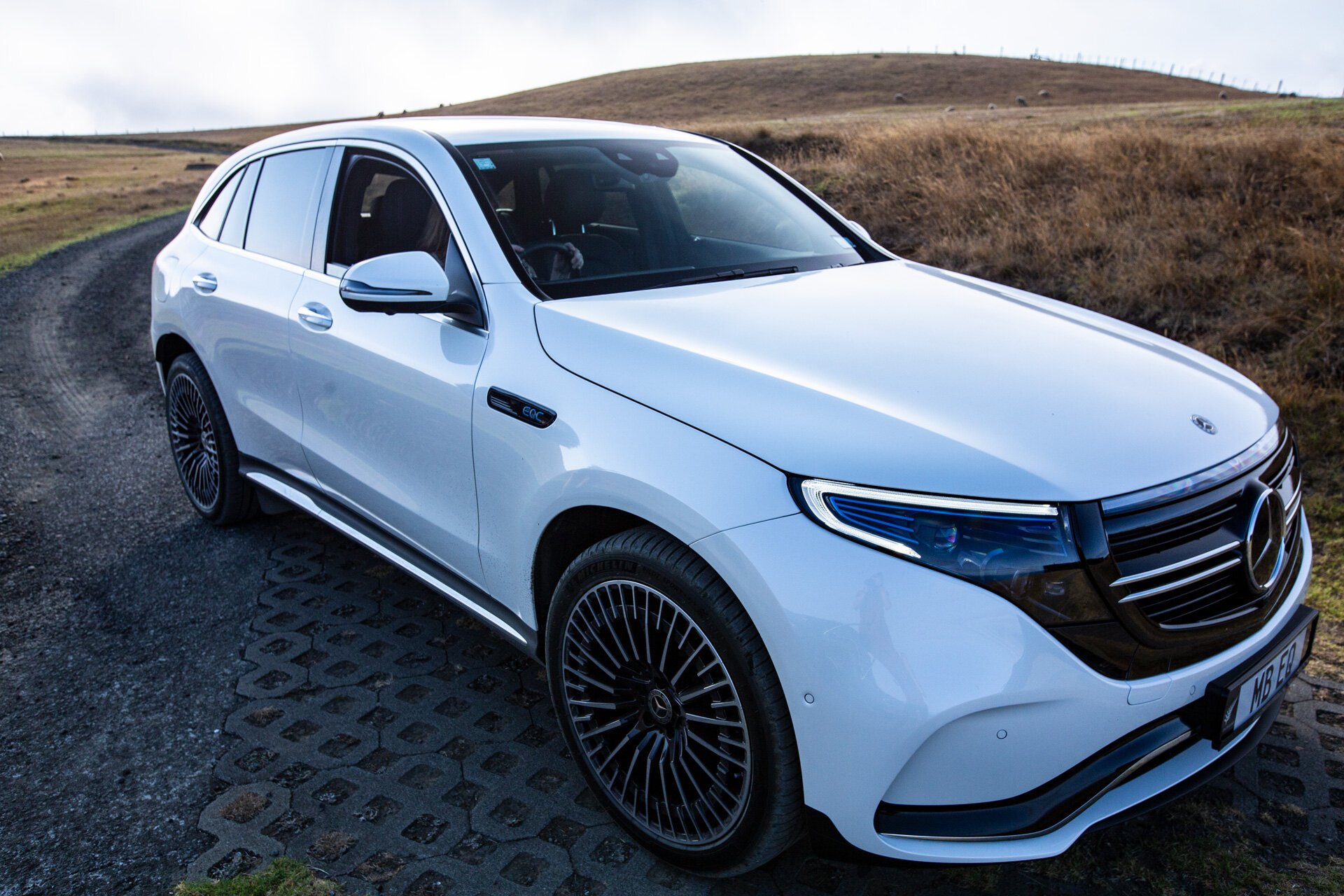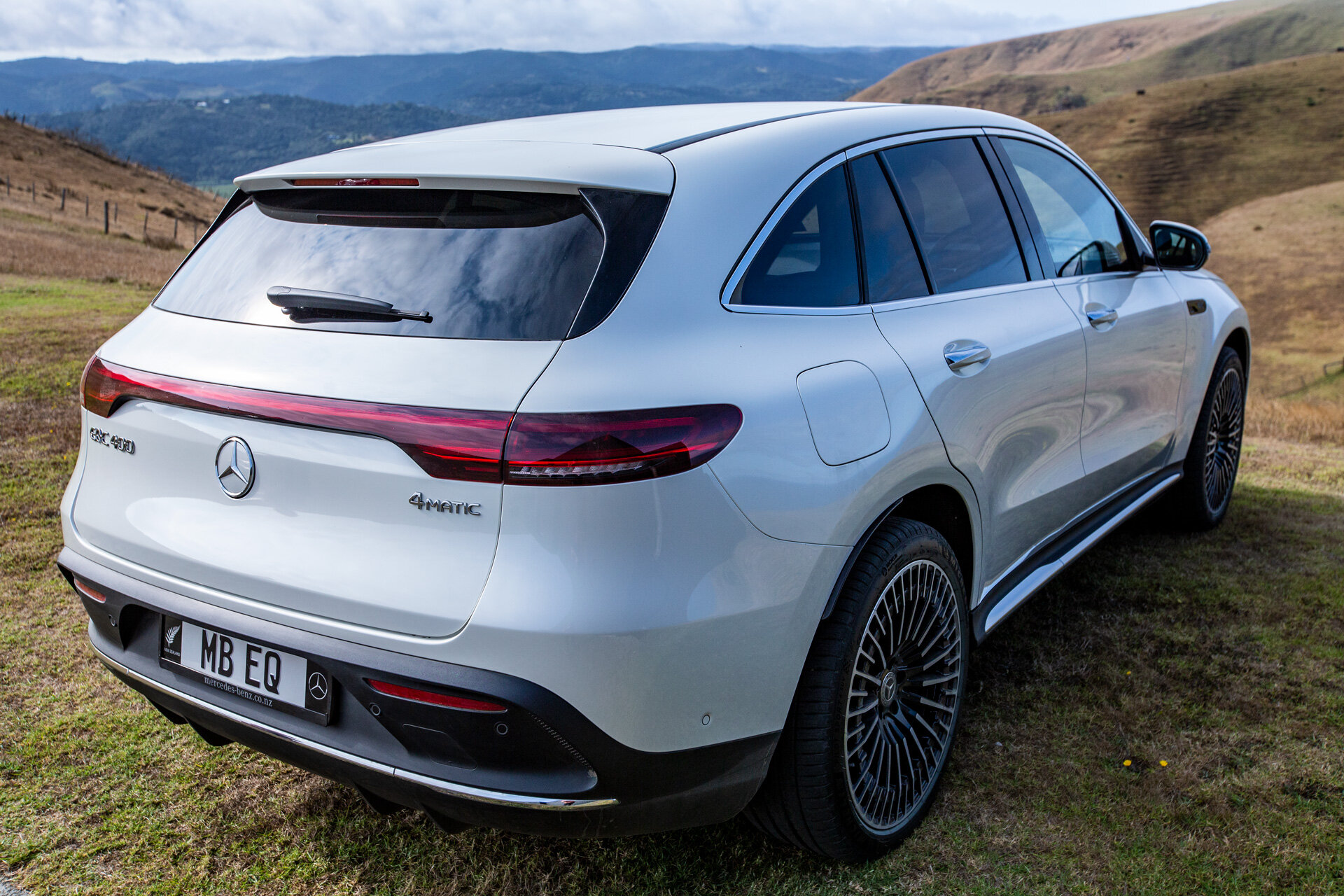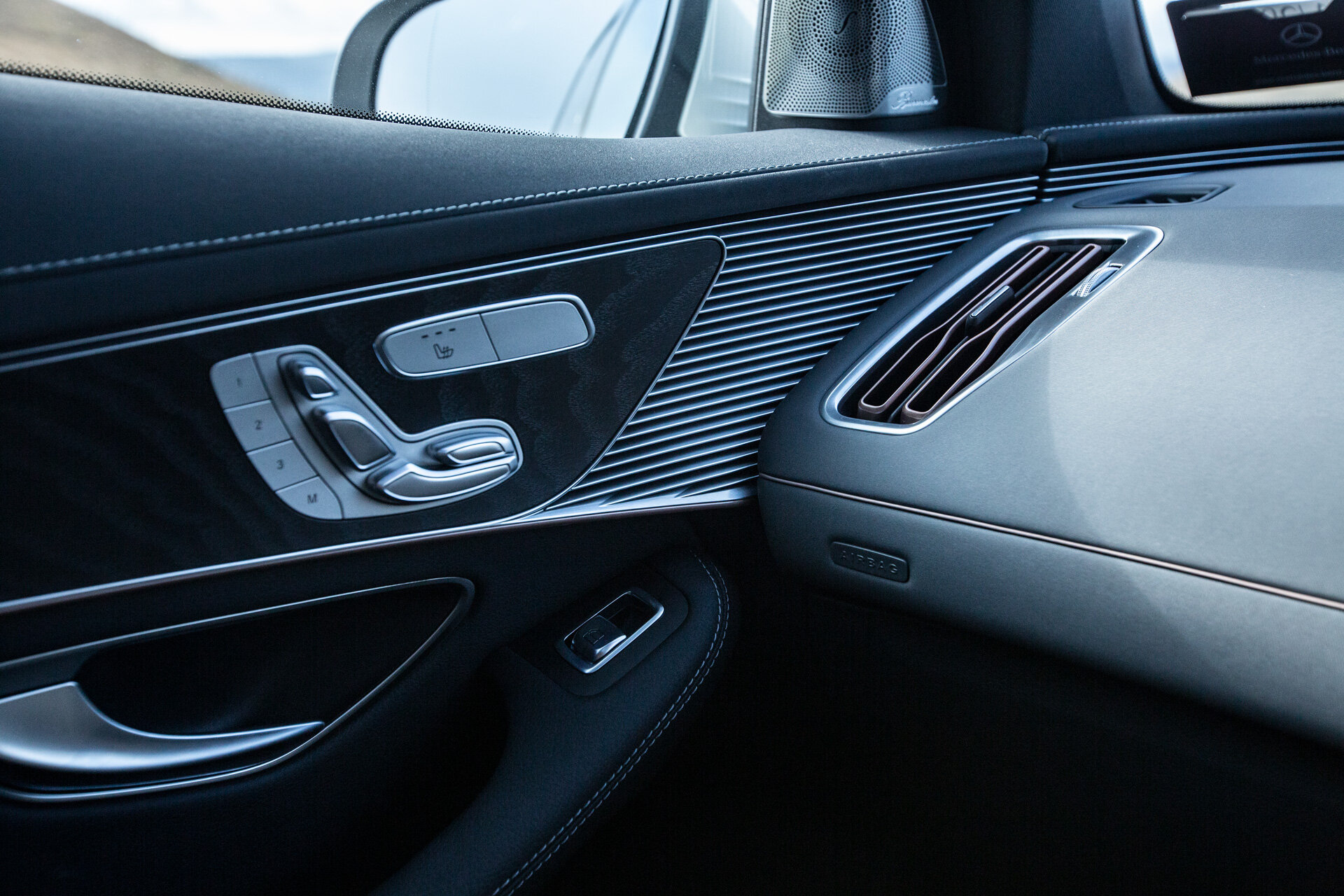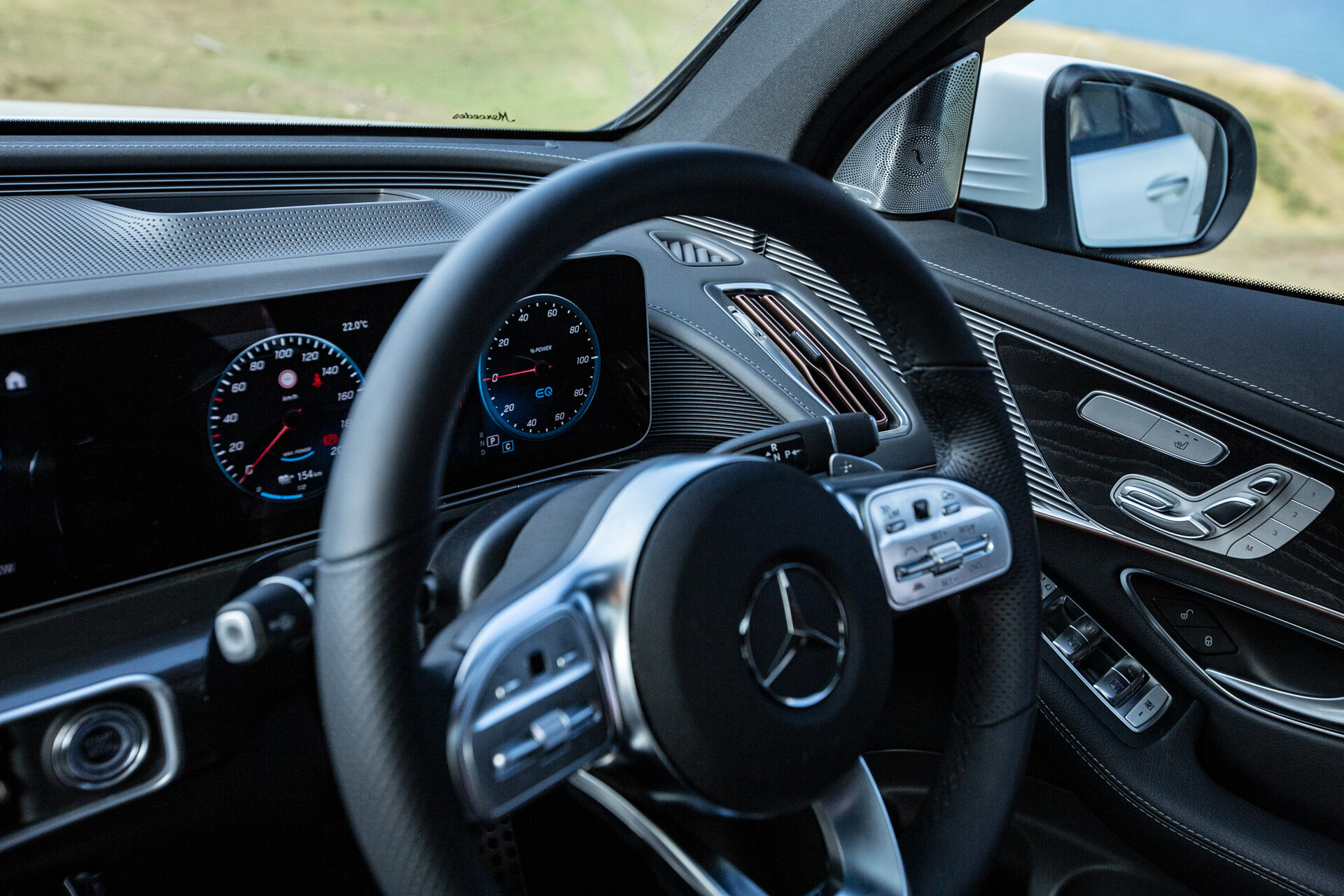Electrifying start for Mercedes-Benz EQC
The electric SUV competes against Tesla, Audi and Jaguar
It’s been an electrifying start to Mercedes-Benz’s EV fleet with the launch of the all-new EQC with the vehicle starting the year by winning prestigious Wheels Magazine Car of the Year 2020 in Australia.
And after a week in the EQC, it’s easy to see why this is a winner. It is joining Tesla’s Model X, Jaguar’s I-Pace and Audi’s E-tron as electric EVs for sale in New Zealand. Priced from $142,900 it is also in the same price range as above.
It is the first vehicle to be launched by Mercedes under the EQ brand, which stands for Electric Intelligence.
It is being built at the Bremen factory in Germany alongside the GLC and C-Class range, so if there is a huge demand for the EQC then production at the plant can focus on it.
The EQC carries over only the platform and suspension from the GLC with 85 per cent all-new including a coupe-style body and LED outline lights around the front grille and rear boot that give a futuristic look.
The EQC will come as one variant, the 400 4Matic, with AMG-line pack of seats and alloys as extras.
It also has MBUX and “hey Mercedes” systems, the same as are now found in the A-Class and GLE.
The EQC has two electric motors on the front and rear axles, both producing 150kW of power each, and a maximum torque of 760Nm.
The front engine is optimised for low to medium-load range, while the rear one is for dynamic performance.
There are five driving modes: comfort, eco, max range, sport and individual plus 4Matic as standard.
Mercedes says charging at a wall box or AC charging stations is 11 hours while DC quick charge is about 40 minutes. At home, it can take up to 48 hours. Most owners will buy a wall box and just top up overnight.
I attended the global launch last year in Oslo, Norway and Mercedes said the EQC has a range of between 445 to 471km but those are ideal conditions whereas everyday use — air conditioning, the stereo and comfort driving mode — would see that around the 400km mark.
But at home during Auckland’s heat wave, with the EQC’s air con on the coldest setting and the fan on full, the EV range from 100 per cent fully charged was 307km.
And when it comes to the interior, Mercedes has worked magic to make it stand out from GLC: there is futuristic dash with minimal controls and stylish materials. This interior has to be one of the best looking – not only tactile but also highlighting the curve of the front.
The EQC is priced from $143,900.
Mercedes has worked on creating a quiet cabin thanks to the two powerpacks being isolated by rubber mounts at two points — where the motors connects to the subframe, and where the subframe connects to the body.
It works remarkably with slight wind noise heard at high speed and at low speed in max range mode you could hear the slight, what I like to call ‘sci-fi’, whirr of the battery.
Using the steering wheel paddles you can activate D- (semi-regenerative) or D-- mode (intensive mode). The latter applies the brake lights to alert the vehicle behind you that are braking hard.
This type of steering in an EV is called one-pedal driving, and helps keep the battery charge longer. They work superbly. With 30km on the range left on the EQC, a message came up that said I needed to charge the vehicle, but as I was 10km away from home I fought range anxiety by going into D- on the motorway. This negated the battery use; so for every kilometre I drove, the semi-regenerative mode added a km. Sweet as!
In this mode, the accelerator’s depth is reduced so you lessen take off power, as I noted as I entered the motorway. Instead of warp speed and the delightful sci-fi whirr, you get evenly spread torque.
I used the D-- mode while driving around town in 50km zones and it ideal for stop-start traffic as it slowly brakes.
The EQC has a cabin payload of 445kg (while the GLC is 665kg) and has a factory-fitted tow bar that allows towing of 1800kg.
